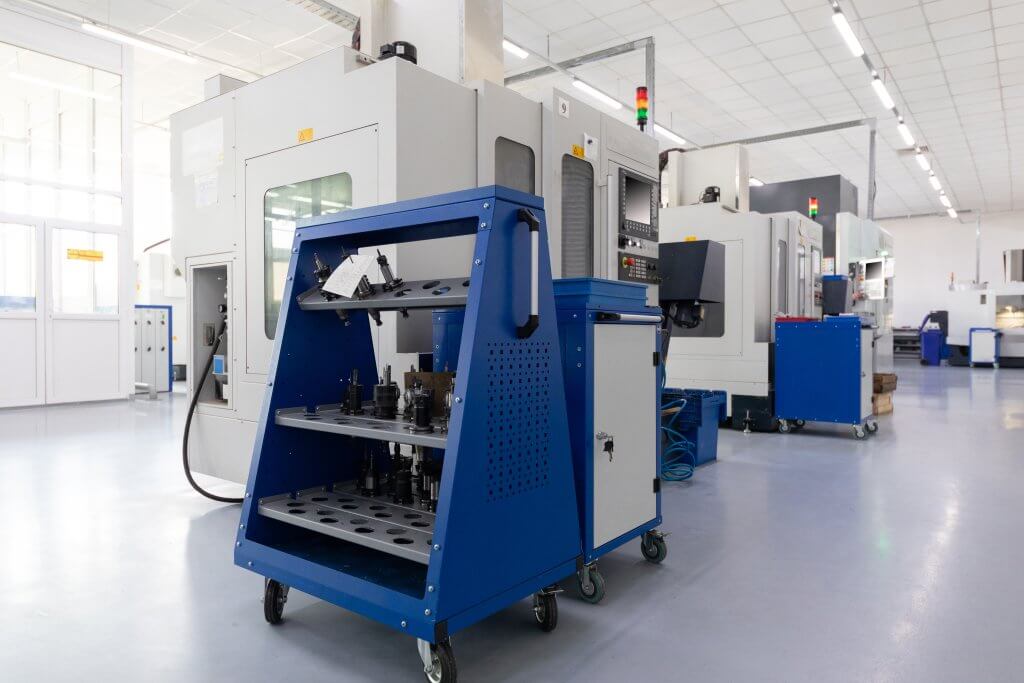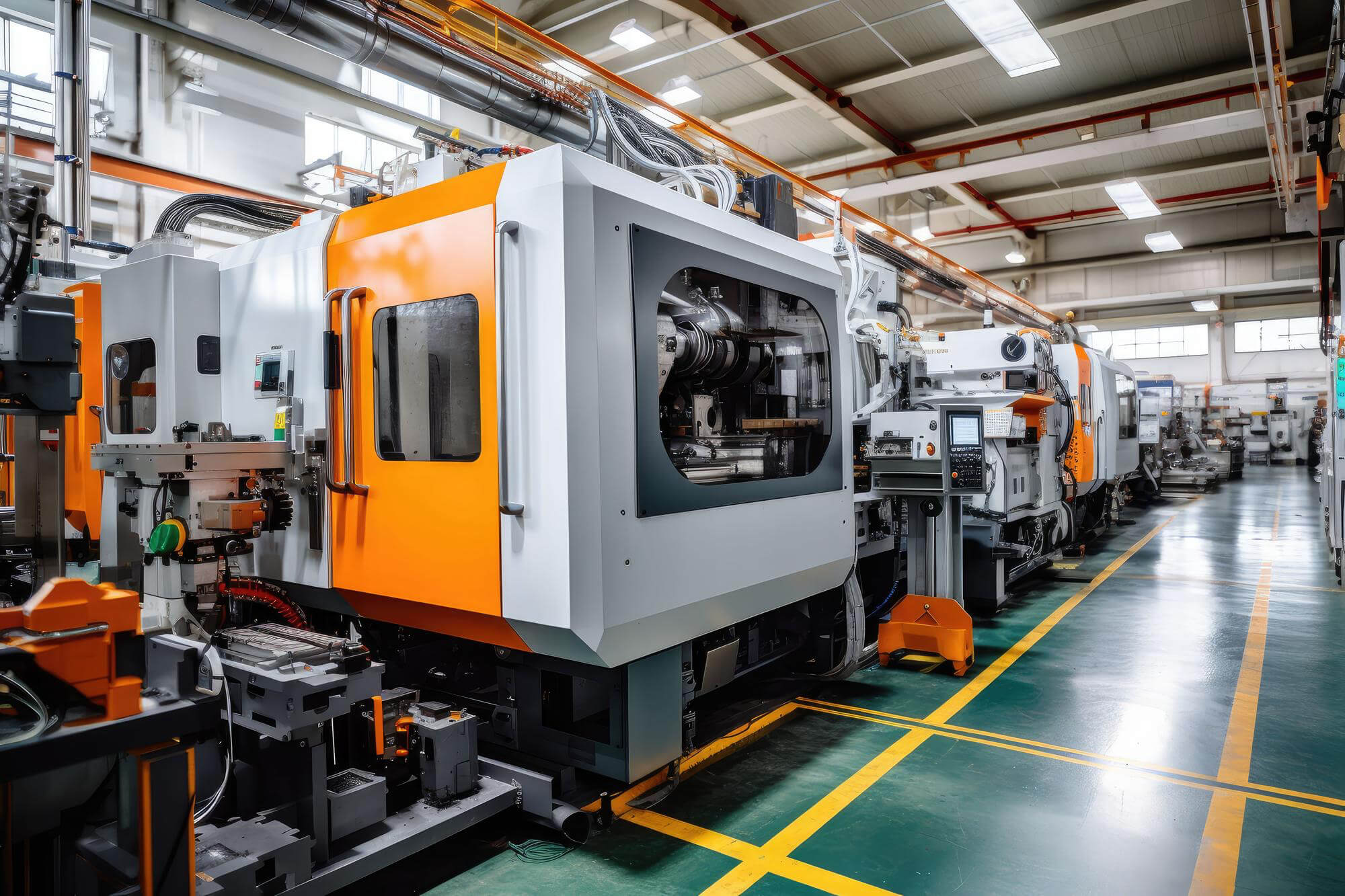The Basics of CNC Turning-Milling Compound Machining Programming
The programming basics for CNC turning-milling compound machining can vary due to different CNC systems used in milling machines. These systems may differ in their commands’ definitions and functions, but their basic functions and programming methods remain consistent.

Main Functions of CNC Milling Machines
- Point Control Function
The point control function of CNC milling machines is primarily used for hole processing in workpieces, such as center drilling, drilling, reaming, countersinking, reaming, and boring various holes. - Continuous Control Function
By utilizing linear interpolation, circular interpolation, or complex curve interpolation movements, the CNC milling machine can mill the planes and surfaces of workpieces. - Tool Radius Compensation Function
If programming directly according to the workpiece contour line, the actual contour line will be larger by one tool radius value when processing the inner contour and smaller by one tool radius value when processing the outer contour. By using the tool radius compensation method, the CNC system automatically calculates the tool center trajectory, making the tool center offset from the workpiece contour by one tool radius value, thus producing a contour that meets the drawing requirements. This function can also compensate for tool wear and machining errors, allowing for both rough and finish machining of workpieces. - Tool Length Compensation Function
Changing the tool length compensation value can compensate for the length deviation after tool change and adjust the cutting plane position, thus controlling the axial positioning accuracy of the tool. - Fixed Cycle Processing Function
Using fixed cycle processing commands can simplify the machining program and reduce the programming workload. - Subprogram Function
If parts of the workpiece have similar or identical shapes, they can be written as subprograms and called by the main program. This simplifies the program structure. By using subprograms, the machining program becomes modular, dividing the machining process into several modules, which are written as subprograms and called by the main program, completing the CNC turning-milling compound machining of the workpiece. This modular program is convenient for debugging and optimizing the machining process. - Special Functions
With profiling software and devices, CNC milling machines can scan and collect data from physical objects using sensors. After data processing, NC programs are automatically generated, achieving profiling machining and reverse engineering. The functionalities of CNC milling machines can be expanded by configuring specific software and hardware.
Machining Range of CNC Turning-Milling Compound Machining on CNC Milling Machines
- Plane Machining
CNC machine tools can perform plane milling on workpieces, including horizontal plane (XY) machining, vertical plane (XZ) machining, and side plane (YZ) machining. These plane milling operations can be completed using a CNC milling machine with two and a half-axis control. - Surface Machining
Milling complex surfaces requires a CNC milling machine with three or more axis linkage.
Equipment of CNC Milling Machines
- Fixtures
Common fixtures for CNC milling machines include vises, magnetic chucks, and clamp plates. For medium to large batch or complex-shaped workpieces, combination fixtures need to be designed. If pneumatic and hydraulic fixtures are used and controlled through programs, automatic loading and unloading of workpieces can be achieved, further improving efficiency and reducing labor intensity. - Cutting Tools
Common milling cutters include end mills, face mills, form mills, and hole processing tools.
Other Articles You Might Enjoy
- Basic Knowledge of CNC Turning-Milling Compound Machining
Due to the different CNC systems configured on CNC milling machines, the instructions used vary in definition and function, but their basic functions and programming methods remain the same
- CNC Machining Parts: In-Depth Analysis of Milling and Turning Program Segments
CNC machining is like the magic wand of modern manufacturing, where intricate designs are brought to life with pinpoint accuracy. At the core of this marvel lies the program segment,…
- Revolutionizing Renewable Energy with CNC Machined Components
Introduction: Renewable Energy and CNC Machined Components Renewable energy harnesses power from natural sources such as the sun, wind, and water, making it a sustainable and eco-friendly alternative to traditional…
- Is Copper the Right Choice for Electrical Component CNC Machining? A Detailed Analysis
CNC Machining of Electrical Components Utilizing Copper In the field of electrical engineering, Computer Numerical Control (CNC) machining plays an integral role, particularly in the development and manufacturing of electrical…
- CNC Machining Brass vs. Bronze: Cost, Properties, and Applications Showdown?
Introduction to CNC Machining Brass vs. Bronze: Cost, Properties, and Applications Showdown? In this article, we delve into the debate between brass and bronze machining for an important manufacturing process…
- Precision Aluminum Machining for Aerospace: Custom CNC Services
Precision Aluminum Machining for Aerospace: Custom CNC Services In the world of manufacturing, precision aluminum machining plays a pivotal role, particularly in aerospace industries where superior precision is required. As…









